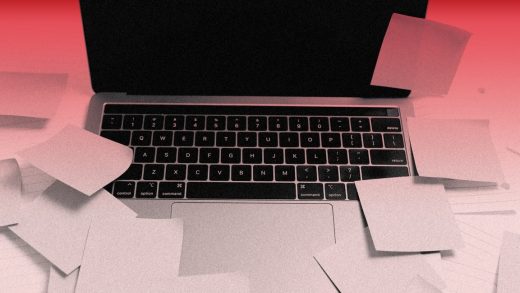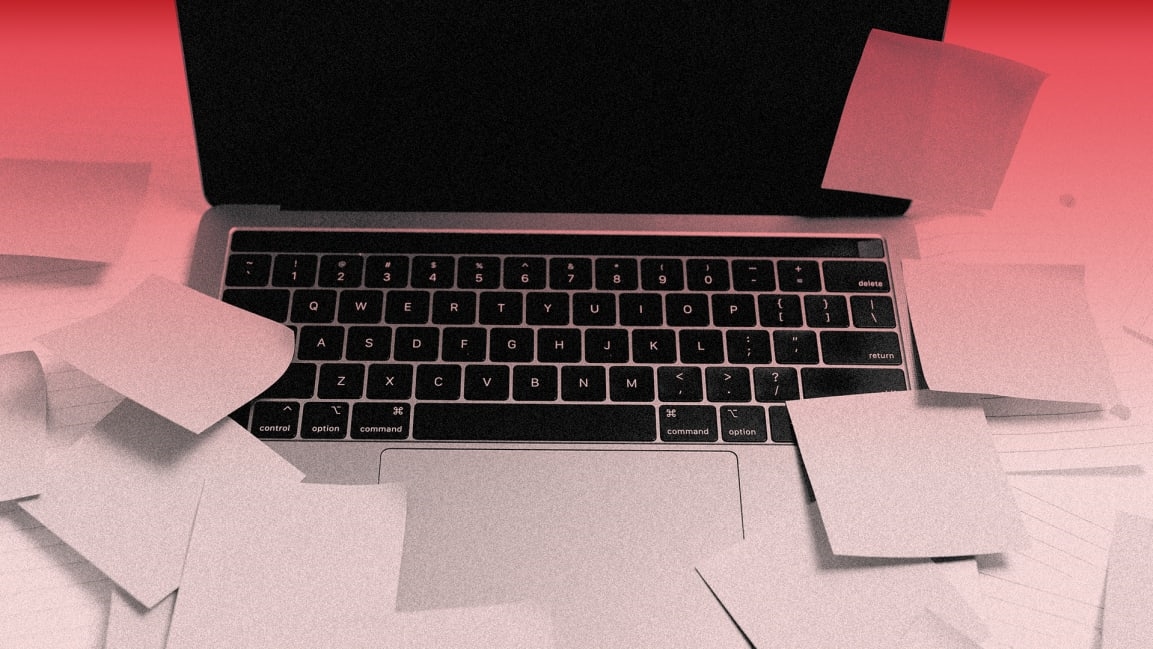To fight burnout, workers can’t allow well-being to feel like another to-do
And what about the pandemic, which made an existing problem exponentially worse? I’ve studied burnout and worked with organizations to address it for years, but nothing would inform my understanding of the topic more than living through 2020. For some time, I’d been sounding the alarm of, “Burnout is getting worse. People are sick!” Then we were all suddenly thrust into unknown territory. This sudden shift did what little else had been able to accomplish before: expose how thinly stretched and worn down we all were—and had been for a while. And it also made our burnout much, much worse.
Well-being in a crisis
I started writing my book, The Burnout Epidemic, in early 2020. For years, as a journalist and consultant helping leaders combat burnout, I’d witnessed the pernicious effects of burnout, but the pandemic took the problem to epidemic levels. We’re beyond burned out.
In late 2020 and into early 2021, I teamed up with [researchers] Michael Leiter, Christina Maslach, and David Whiteside, director of insights and research at YMCA WorkWell, to better understand the impact of the pandemic on well-being and burnout. Our survey combined several evidence-based scales, including the Maslach Burnout Inventory General Survey (MBI-GS), a psychological assessment of occupational burnout; and the Areas of Worklife Survey, which assesses employees’ perceptions of work-setting qualities that affect whether they experience engagement or burnout.
With support from Harvard Business Review, we gathered feedback from more than 1,500 respondents in 46 countries, in various sectors, roles, and seniority levels, in the fall of 2020; 67% of respondents worked at or above a supervisor level.
What did we learn, in a nutshell? Burnout is a global problem. Some statistics:
Not only did the 1,500 people in our survey much more squarely fit the burnout profile than did the nearly 50,000 respondents who had taken the MBI-GS before the pandemic, but they also scored very high on exhaustion and cynicism—two predictors of burnout, according to the MBI-GS.
“These survey responses make it clear that a lot of people are having serious disruptions in their relationship with work,” Leiter noted. “It’s not surprising that people are more exhausted—people are working hard to keep their work and personal lives afloat. But the rise in cynicism is even more troubling. Cynicism reflects a lack of trust in the world. So many people feel let down by their government’s poor preparation for the pandemic, as well as by the injustices in work and well-being that the pandemic has highlighted.”
Millennials have the highest levels of burnout, we found. Much of this is due to having less autonomy at work, lower seniority, and greater financial stressors and feelings of loneliness. The last was the biggest factor leading to burnout, according to our research. As one millennial put it: “The pandemic has had a tremendous impact on my well-being—I’ve had mental health challenges, and I’ve hit major roadblocks with that. My physical health has changed because I can’t exercise like I used to. It’s affected me economically. I feel as though my career has been set back yet again.”
As our team read through the 3,300 qualitative responses, we were heartsick. There were so many stories of stress and anxiety seeping in through any available crack and coming up through their psychological floorboards. I could feel their fear in my bones. Worse, their degrading mental health was left unchecked. Many respondents didn’t feel they could speak about mental health in the workplace, and as a result, 67% in that group were at risk of burnout.
The data demonstrates that the pandemic weighed heavily on workers. Yet, during this time, employers still asked their people to engage in well-being practices that felt like “just one more thing” for many.
One executive at a global accounting firm shared with me that her company recently offered everyone access to a meditation app. After a series of emails from corporate reminding her about all the cool features and benefits the app could offer, she still couldn’t find the time to log on. The executive says that if she has time left in the day, it goes to jamming a granola bar in her mouth and getting to the bathroom. She laughs, “It’s just so ironic. Shouldn’t they make this place less stressful so I don’t need an app to calm down? It all feels a bit tone-deaf.”
Yet, there’s good news: Some people I spoke to were grateful for their employers’ interest in helping them work through their stress. Despite the cornucopia of wellness offerings, it was “the thought that counts” that reminded me why some companies do alright in these moments of crisis and some don’t.
From our research, I learned that a big predictor for well-being at work during times of stress was trust and communication. If you trust that your employer is doing the best it can despite the circumstances, it gets a ton of latitude. So what if your boss asked you to do Zoom yoga and you hated it—at least they tried. Who cares if the pet parades and the “family happy hour” didn’t stick? The company was just figuring it out.
I learned that this trust would have been built up long before the crisis hit. But it could be developed with frequent and humble communication. Some companies made it less about what they knew and more about how the leaders as a team were going to try and figure it out. And, it was how everyone worked together as a unified team that would define success.
Excerpted by?permission?of Harvard Business Review Press. Adapted from The Burnout Epidemic: The Rise of Chronic Stress and How We Can Fix It by Jennifer Moss. Copyright 2021 Jennifer Moss. All rights reserved.
Jennifer Moss?is an award-winning journalist, author, and international public speaker. She is a nationally syndicated radio columnist, reporting on topics related to happiness and workplace well-being. She is a freelance contributor and her writing has appeared in?HuffPost,?Forbes, the Society of Human Resource Management (SHRM),?Fortune, and?Harvard Business Review. Her book,?Unlocking Happiness at Work, received the distinguished U.K. Business Book of the Year Award.
(52)



